We have experienced quite a bit of Fuerteventura so far. We have documented this in the blog post Fuerteventura – Part 1.
After we have slowly worked our way across the east side of Fuerteventura to the center, our travel continues on the northeast end of the island with our Fuerteventura experience tour.
Museo de la Sal
In the village of Salinas del Carmen we make our next stop. We didn’t know this before our visit to Fuerteventura, but the island also has a tradition of sea salt production. Originally, the salt was collected from natural accumulations of water in small basins in the rocks along the coast. From this the salt extraction became a tradition on Fuerteventura and the sea salt extraction was optimized accordingly with purely physical means. Thus, a kind of collecting basin and channel for the spray was built. There, where the surf with the waves anyway always splashes against the rocks, extra small water channels were built to capture the spray and lead it over various pools to drying areas. Because the spray contains naturally more salt compared to the rest of the ocean. Again, we learned something new that day.
Today only little sea salt is extracted and the salt museum in Salinas del Carmen is a working saltworks where also the historical origin and development of salt extraction is shown. The museum is beautifully designed and to see a saltworks in operation is quite a good experience. We like the museum so much and the benefits of sea salt from Fuerteventura are perfectly presented, so we stock up on sea salt for the onward journey right here.
Corralejo
The center in the north of Fuerteventura is the town of Corralejo. This town is one of the few on Fuerteventura that is big enough not to lose its identity in mass tourism. Sure, the tourist traits are quite obvious, but we like the core of Corralejo in its own way. There are some restaurants and bars and yet the town center is small enough to reach everything comfortably on foot. There are two main attractions around Corralejo, one is the popcorn beach and the other is the dunes of Corralejo – of course we visit both.
Popcorn beach
Again, over a sandy road we drive from Corralejo in western direction to the north coast of Fuerteventura. The information we researched in advance does not disappoint. The beaches here consist of black sand and on it many coarse, white coral parts. The coral parts, which lie on the beach are now dead and very strongly resemble popcorn with their loosely clumped form. This is really funny! We are not disappointed. The popcorn beach fully deserves the name.
And aside from the beach, the waves here break impressively and crash against the special shoreline. This is also one of the better-known surf spots on Fuerteventura. The warning signs tell us that it is not safe to surf here, but these waves attract many die-hard surfers into the sea. It’s understandable with these superb conditions!
Flag Beach and dunes of Corralejo
After the west side of Corralejo we of course also explore the east side. Here is the second kite hotspot of Fuerteventura next to Costa Calma and the Sotaventa Lagoon, which we already described in our part 1 regarding Fuerteventura. The Flag Beach is once again a beach like out of a picture book. Slowly it becomes apparent that Fuerteventura is really the island of Europe’s dream beaches. This time the beach is rather desert-like with finest, light sand. We are overwhelmed by the sheer dimensions. The whole beach stretches along the coast for an estimated 6-8km. It varies in width, but in most places, it is several hundred meters wide.
A little bit further south from the part, which is called Flag Beach, the sand masses have also piled up directly to dunes. It is like a smaller version of the Dune du Pilat, in France, which we climbed about 2 months before. But it doesn’t matter, the play of colors of white sand, green bushes and turquoise water is probably one of the most beautiful natural color plays there is. We will probably never get tired of it.
At Flag Beach Paddy has to admit with a heavy heart that his kiting skills are not yet sufficient for the current conditions. There are some kiters on the sea and the sight of the kite surfers is a spectacle in itself.
Calderón Hondo
The Canary Islands are all of volcanic origin. Accordingly, this circumstance shapes the landscape on each island to a greater or lesser extent. On Fuerteventura, the lava rock is particularly prominent, since the island is very poor in vegetation. Therefore, it is possible to climb several volcanic craters. We choose the Calderón Hondo because of its striking shape. This volcanic crater is located near Corralejo and, like so many of the outlying attractions, is accessible via a sandy road. This allows us to sleep close by so we can be on the crater rim for sunrise the next morning.
For exactly such stays we like to be on the road with our van. The possibility to find the right light-conditions directly at a sight is offered by the fewest hotel rooms in the world.
In the morning we start early and climb up to the crater rim during dusk. The walk takes less than 30 minutes and so early in the morning we are the only ones for a long time before we get company later. The view over the crater rim looks fantastic in the flat light. However, soon also some clouds make us a small stroke by the calculation. So our photos come out well, but just not perfect. Well, it doesn’t matter, the view is fantastic and there are sunrises every day again.
But that’s not enough of our Fuerteventura adventures. We report in the coming part 3 about our final travel experiences in Fuerteventura.
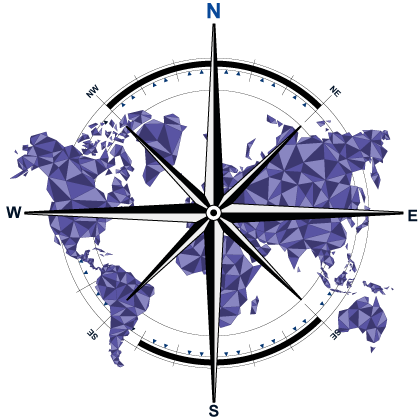
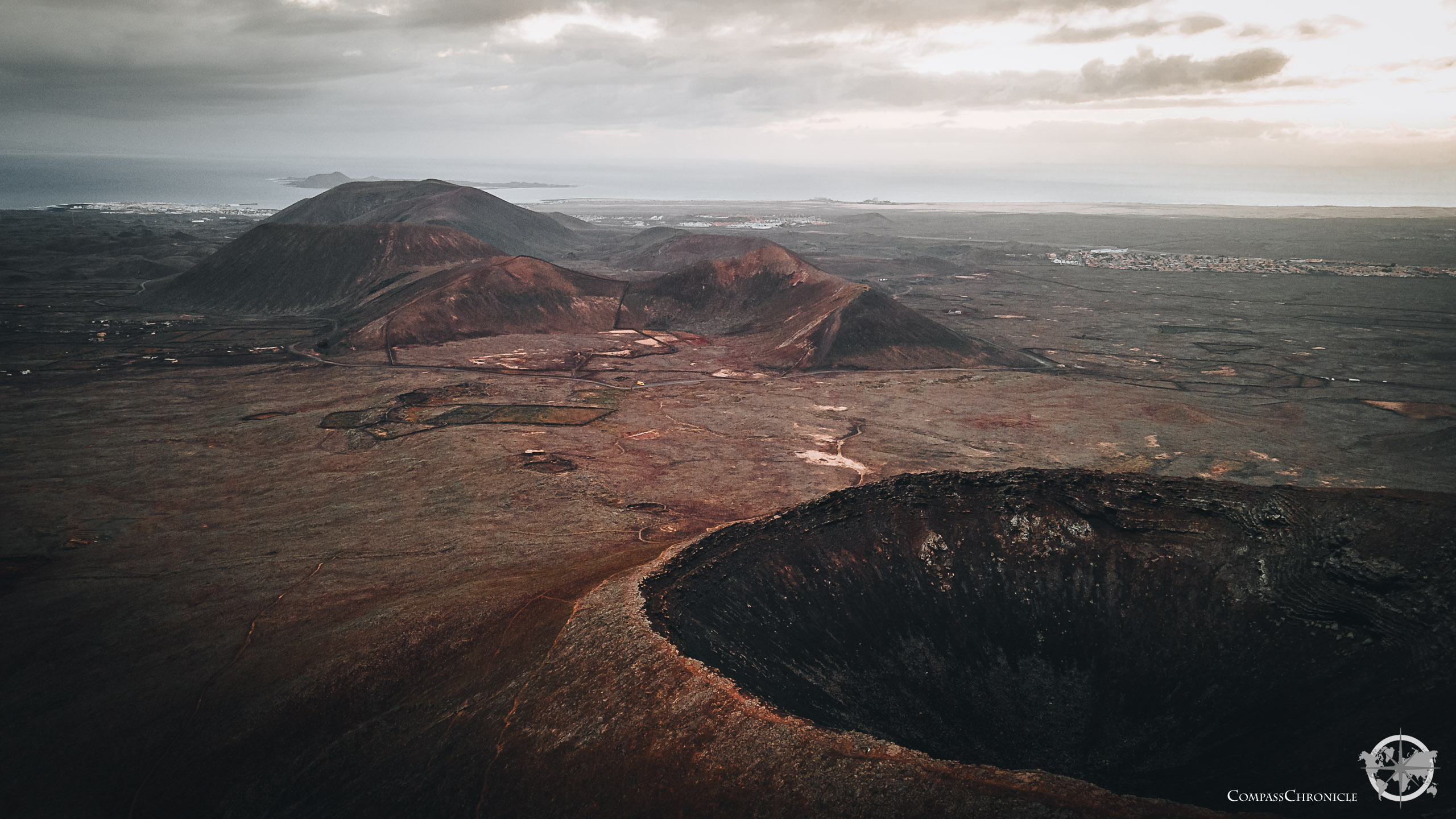
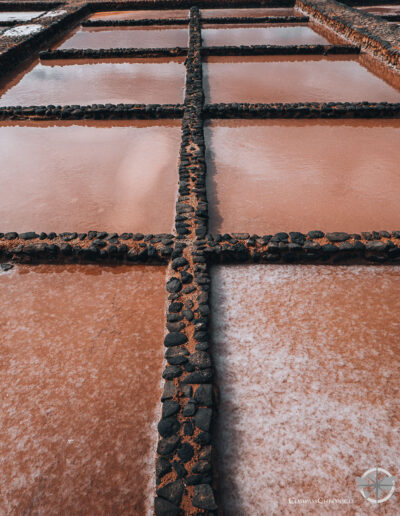
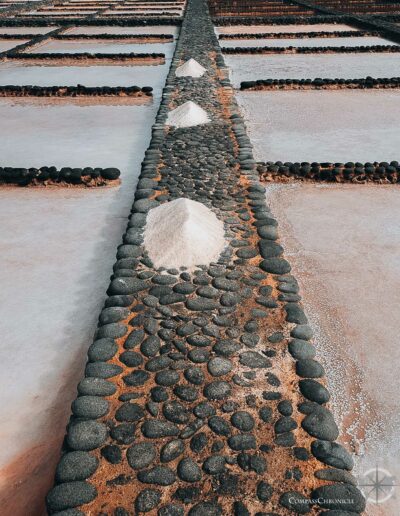
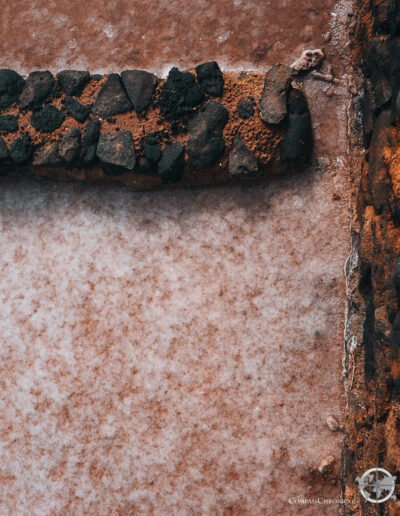
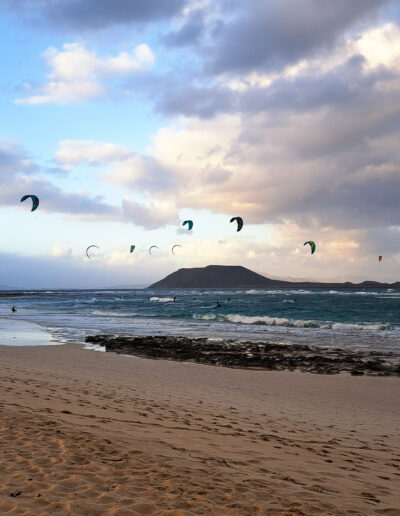
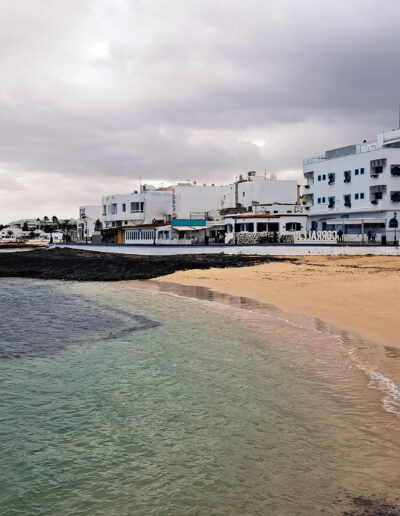
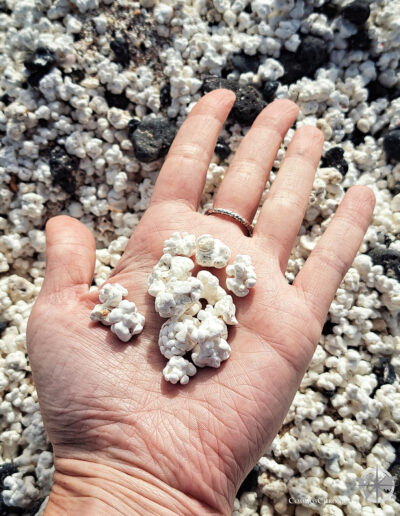

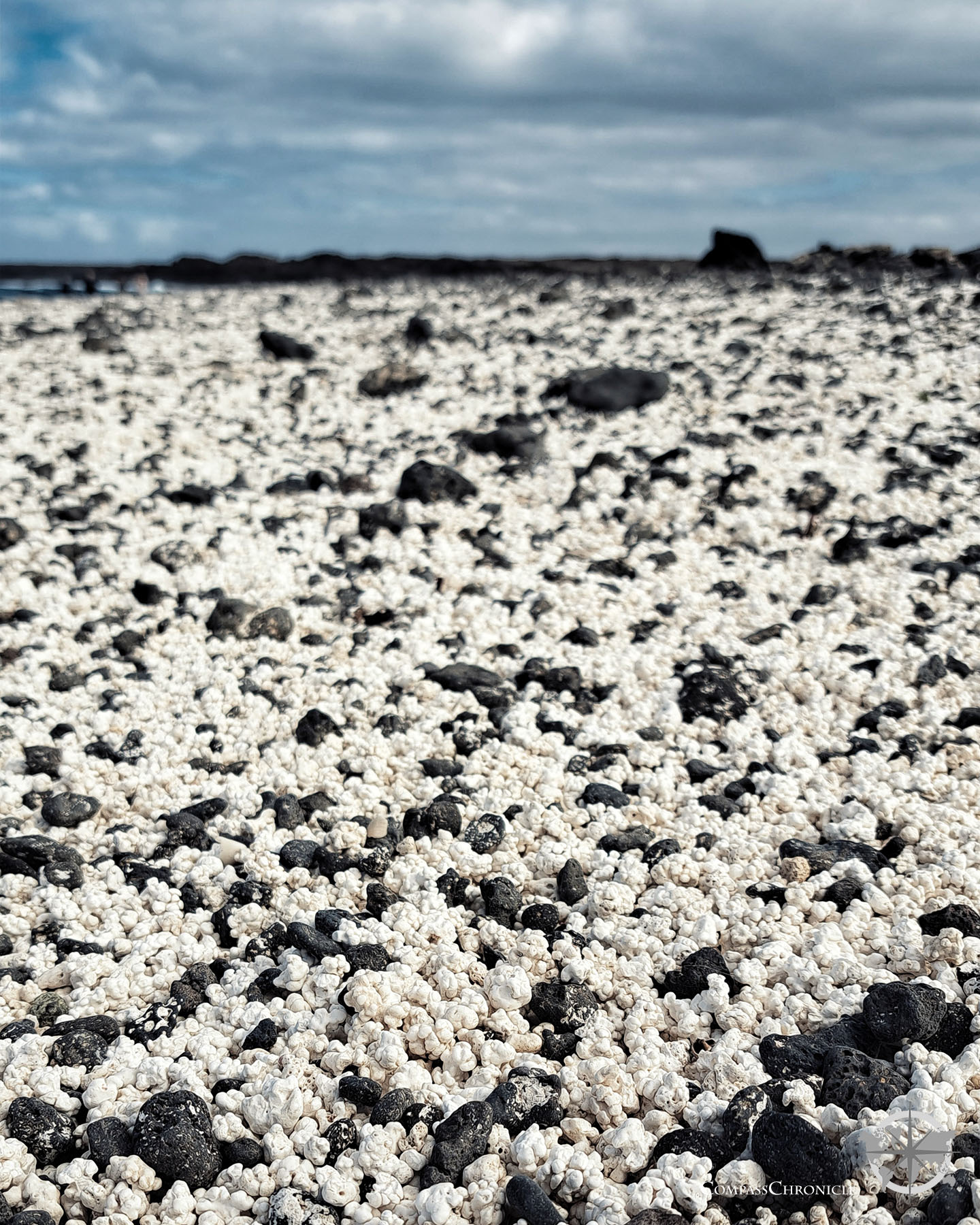
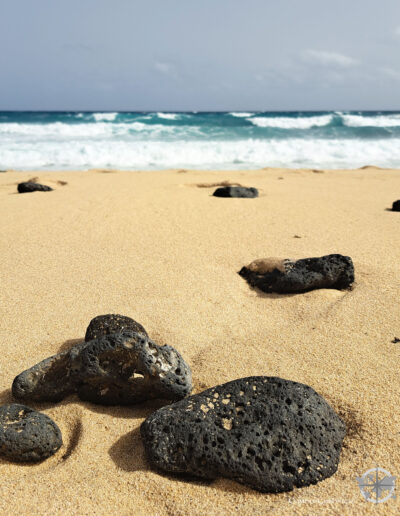
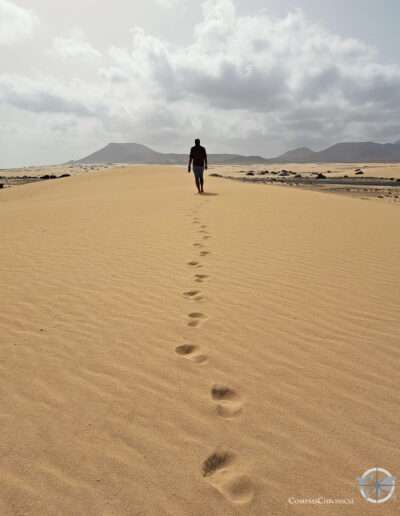
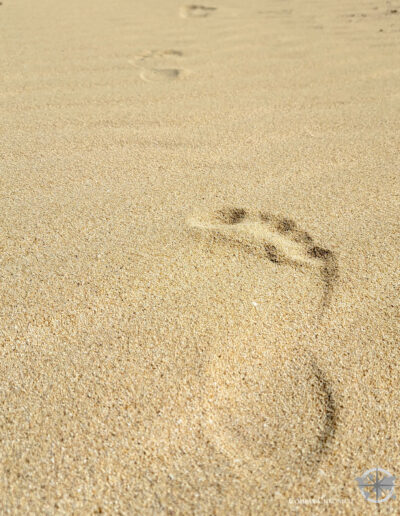
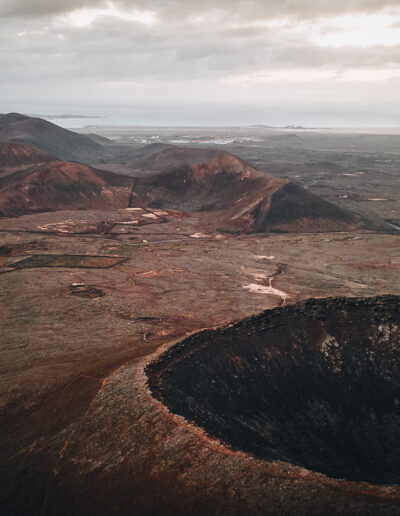

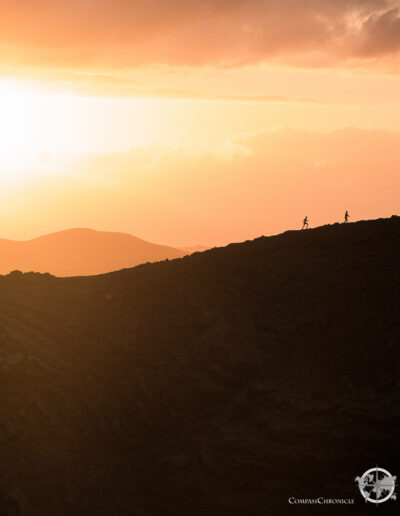
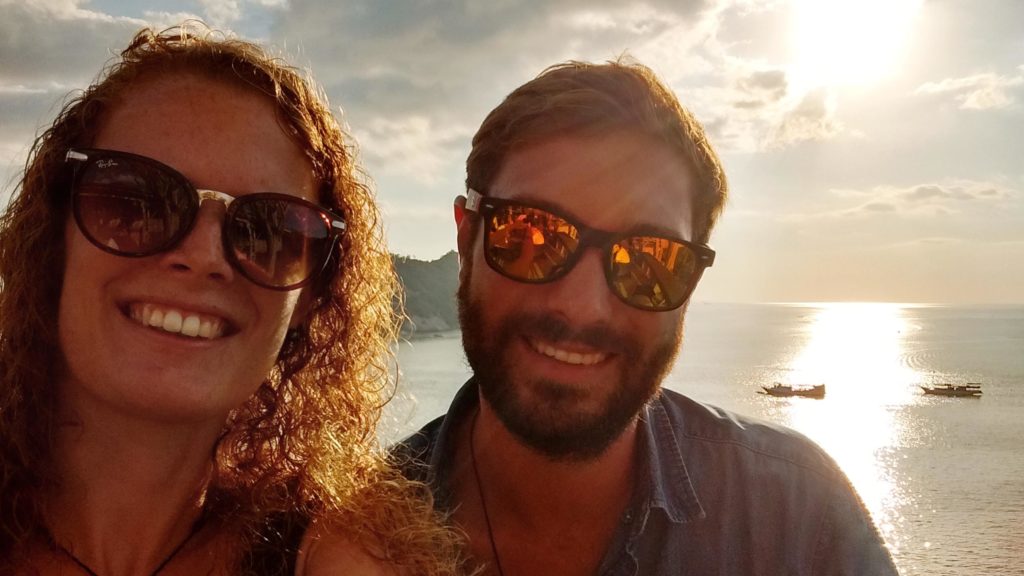
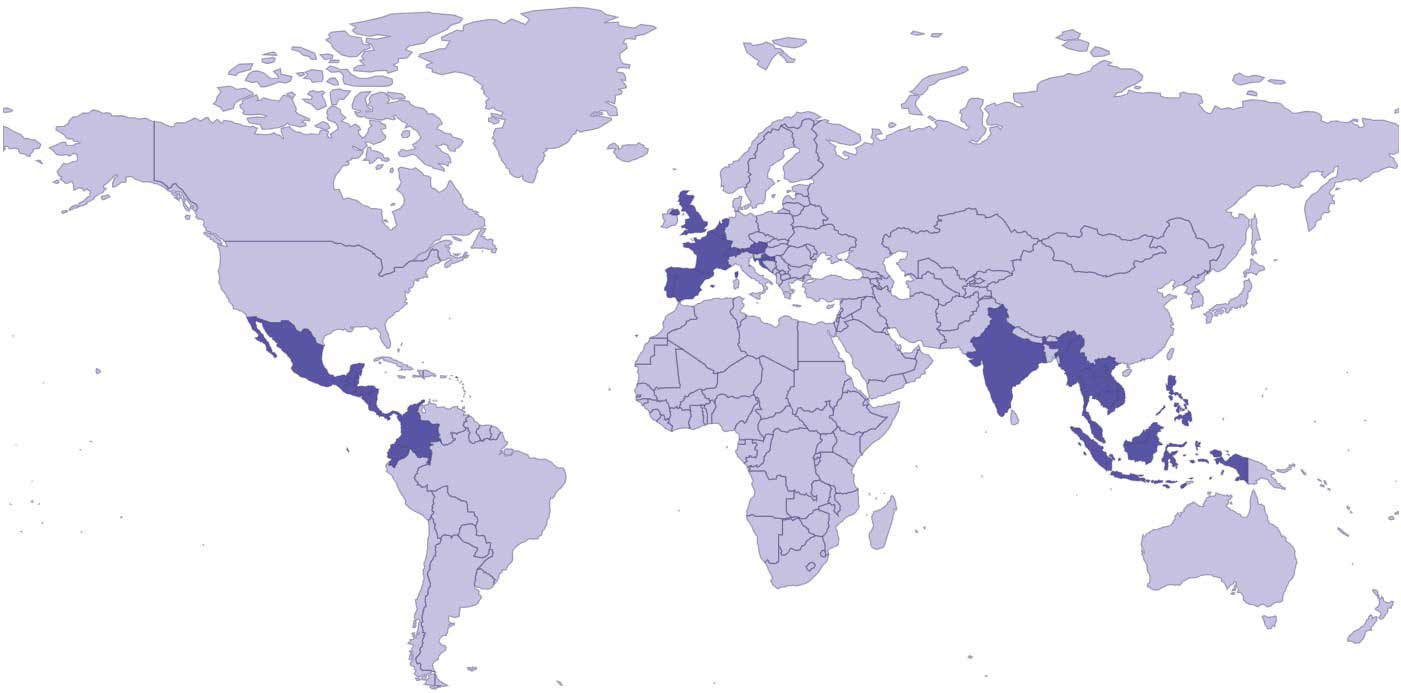

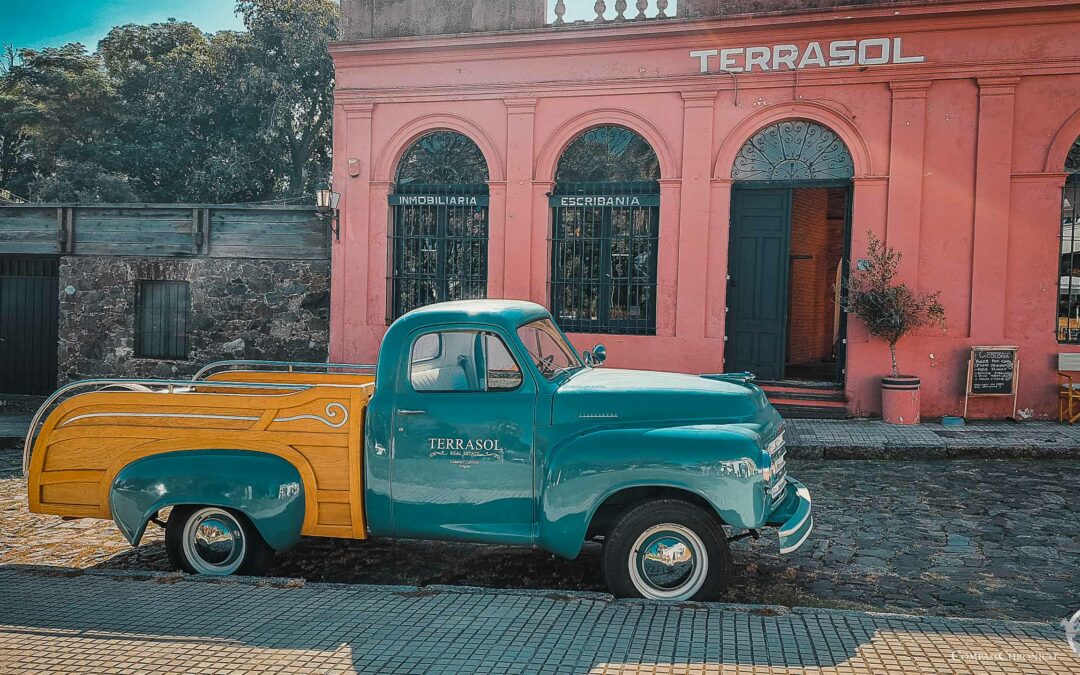
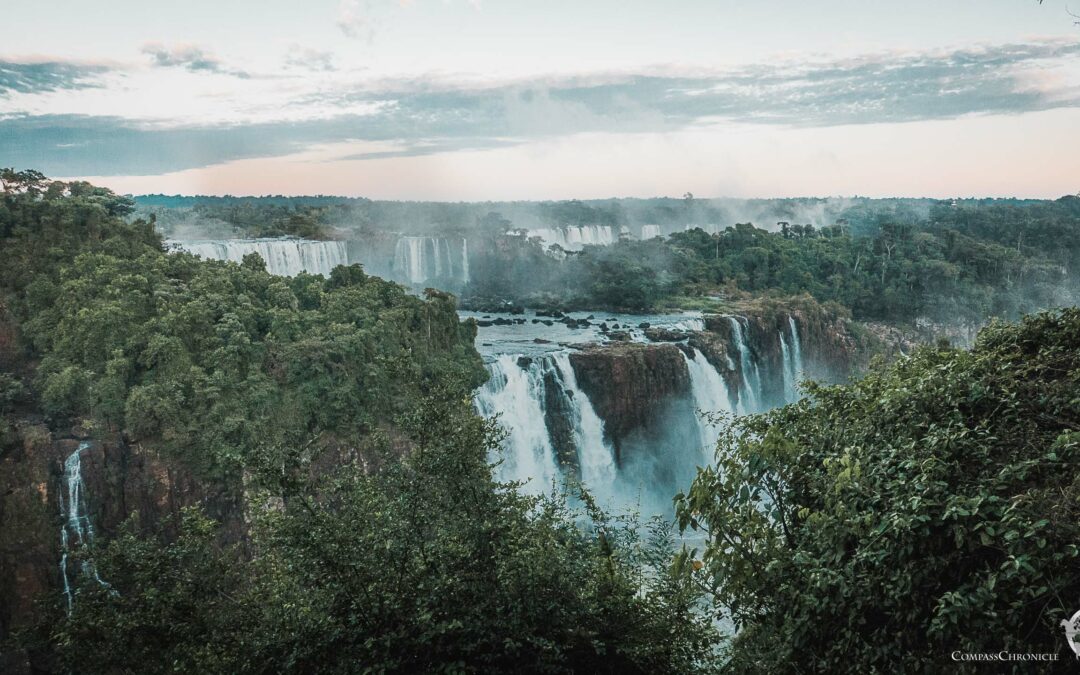
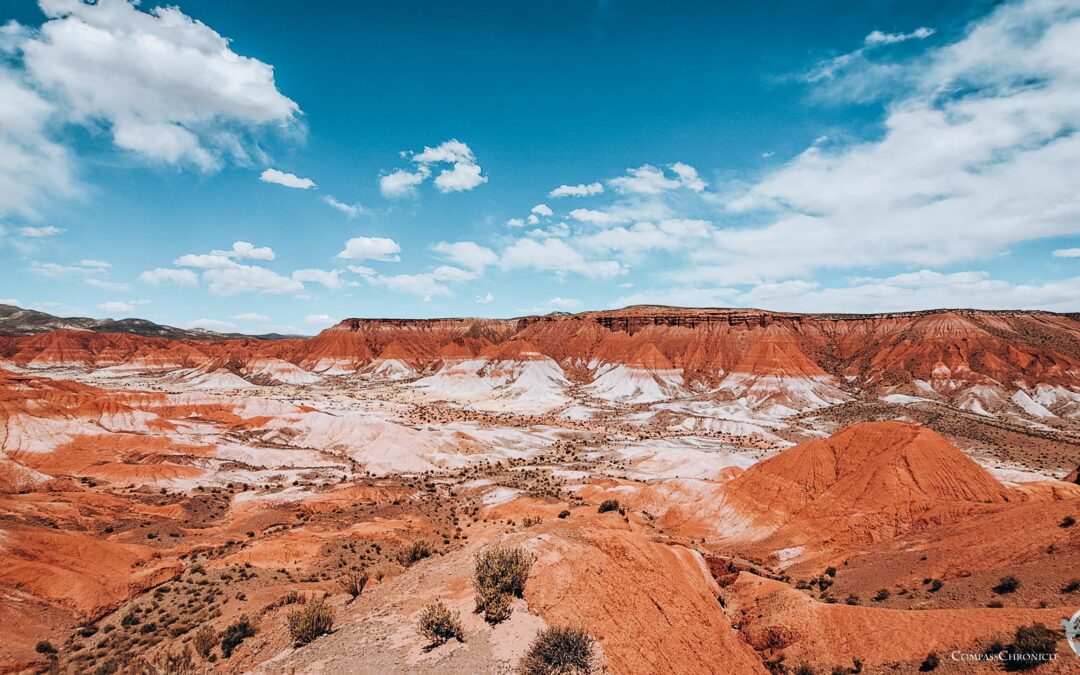
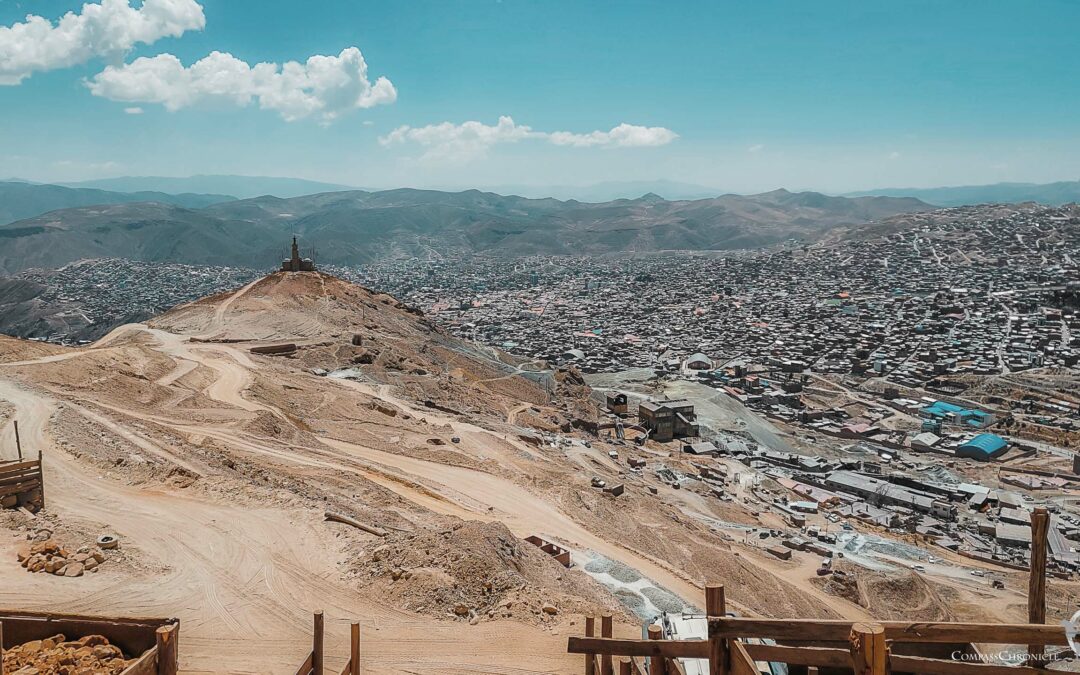
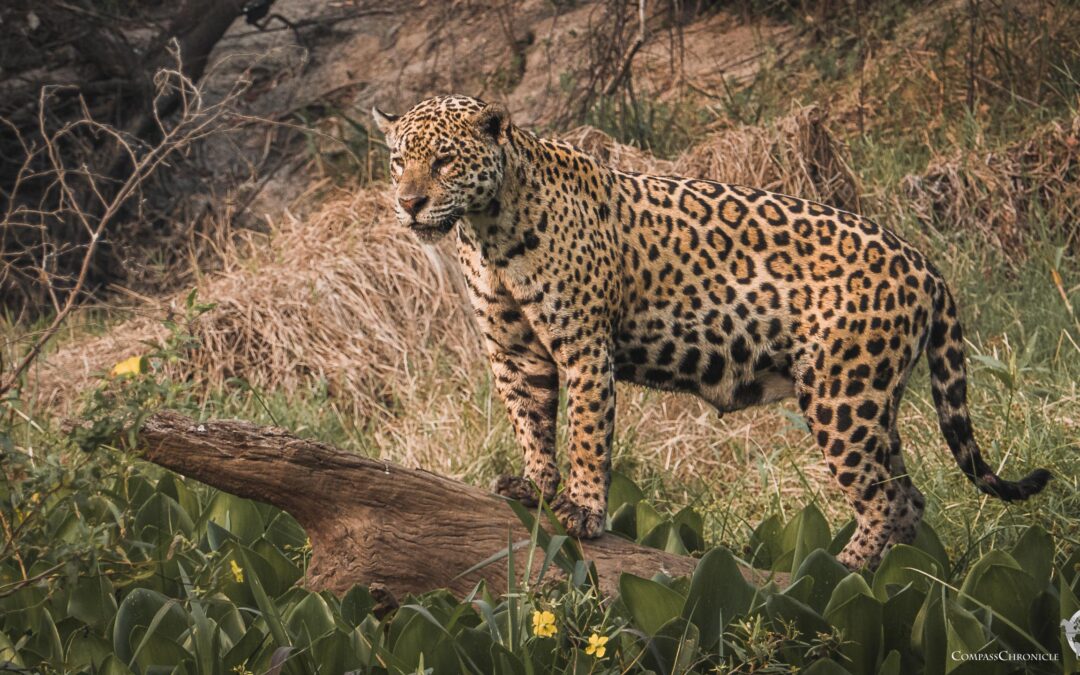
0 Comments